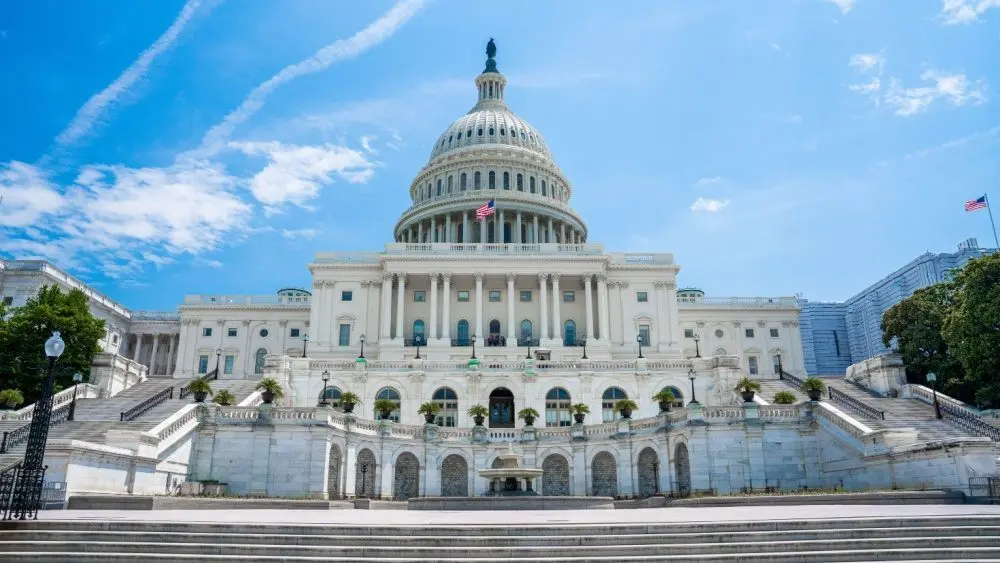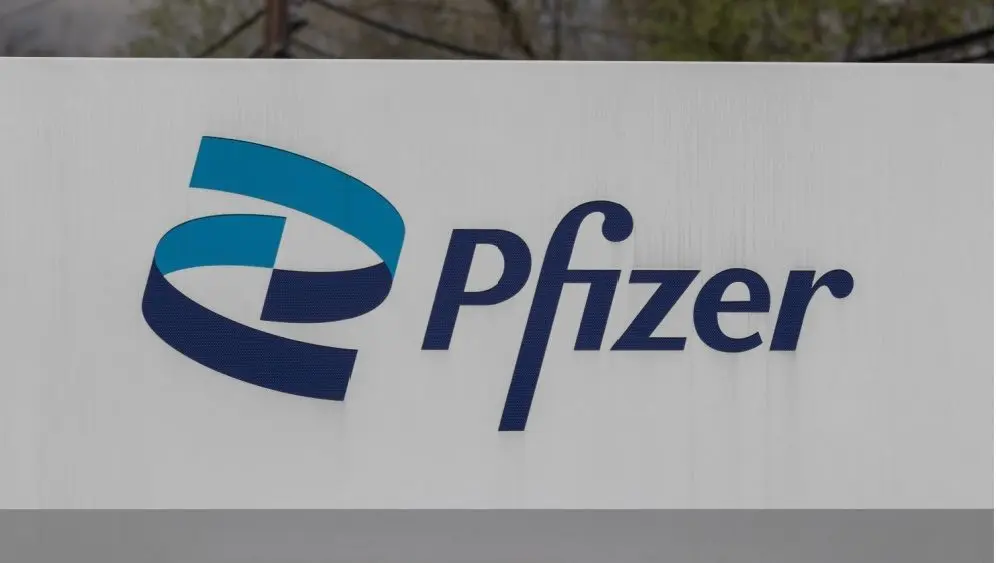The federal government officially entered a shutdown at midnight on Wednesday after lawmakers were unable to reach a compromise on funding, marking the first lapse in nearly seven years.
The federal government ran out of money after a Democratic-backed spending bill that would have extended health care subsidies under the Affordable Care Act and reversed cuts to Medicaid failed, as well as the GOP-backed stopgap funding measure that would have funded the government for seven weeks also failed. The Senate is expected to vote again on Wednesday, likely on the same two measures that failed Tuesday. However, there is no clear path to a resolution, with the two sides fundamentally at odds over how to resolve the impasse.
A temporary funding measure passed by House Republicans—which would have kept the government operating at current spending levels for seven more weeks—was blocked in the Senate. Because Republicans hold a narrow majority there, they need Democratic votes to move any spending bill forward. Democrats have conditioned their support on the continuation of federal health care tax credits, a demand Republicans have so far rejected.
With no resolution before the deadline, funding expired across most federal agencies and departments as the clock struck 12. Beginning Wednesday morning, agencies will roll out shutdown protocols that include furloughing hundreds of thousands of federal employees. Essential staff and those paid through alternate funding sources will continue working, but nearly all federal workers—whether furloughed or not—will go without pay until Congress passes a new funding bill.
About 750,000 employees will be furloughed each day, the Congressional Budget Office said, while others who work essential jobs, like Transportation Security Administration agents, air traffic controllers, federal law enforcement officers and members of the military, will be forced to work without pay. They are guaranteed back pay once the shutdown ends.
National parks will remain partially open during the shutdown. Medicare and Social Security benefits are unchanged, as they aren’t subject to the annual funding process, though new applicants could face delays due to workers’ being on furlough.
It’s the first government shutdown since 2018, in Trump’s first term, which was the longest in history at 34 days and lasted into early 2019. he impact of the current shutdown will largely depend on its duration. The Congressional Budget Office has estimated that simply covering the cost of furloughed employees could reach approximately $400 million per day.
After signing executive actions at the White House, Pres. Trump said a “lot of good can come from shutdowns” because the administration can “get rid of” Democratic policies. Trump said: “we’re doing well as a country so the last thing we want to do is shut it down. But a lot of good can come down from shutdowns. We get rid of a lot of things that we didn’t want, and they’d be Democrat things. But they want open borders, they want men playing in women’s sports, they want transgender for everybody. They never stop. And they don’t learn. We won an election in a landslide, they just don’t learn. So we have no choice. I have to do that for the country.”
Editorial credit: Pandora Pictures / Shutterstock.com







